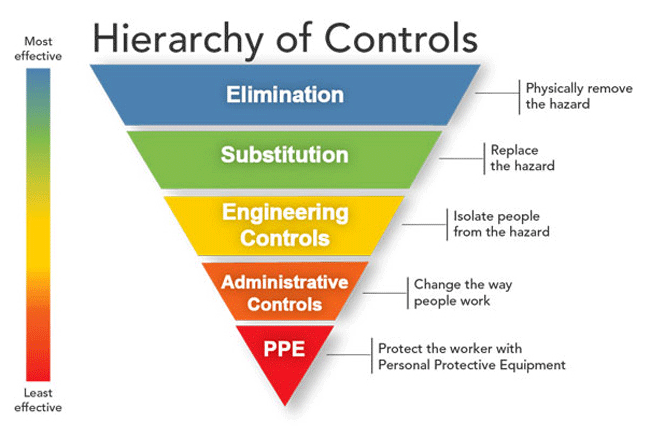Job Safety Analysis, or JSA, is one of many tools that safety professionals use to keep workers thinking about the ever-present hazards and associated risks they face each and every day. The benefits of conducting a JSA with the team that will perform work comes from the team's active participation throughout the entire JSA process.
There are some work environments where the Occupational Safety and Health Administration, which is part of the U.S. Department of Labor, (OSHA) regulations require that a formal hazard assessment be conducted and the JSA is accepted by many safety professionals as a best practice to meet these OSHA requirements.
The basic concepts of a Job Safety Analysis, also know as at Job Hazard Analysis or JHA, are well known within the safety industry. Identify the hazards associated with the work tasks, identify the risks associated with the work tasks, and determine mitigation measures that are appropriate for the task, job and site-specific hazards. There are many great authoritative resources to help people to understand the JSA concept, including here and here.
Basic steps that should be included in your JSA, JHA Worksheet or Activity Hazard Analysis Template (AHA) include:
- selecting the job to be analyzed
- breaking the job down into a sequence of tasks
- identifying potential hazards associated with each of the tasks
- identifying the risks associated with the potential hazards
- determining preventive measures to minimize the risks associated with the hazards
- implementing the preventive measures identified
- observe and communicate with workers to confirm that preventive measures are being implemented, are effective, and adjust as site conditions change and improvements are identified
The University of North Carolina at Chapel Hill (UNC) posted Common Hazards and Descriptions -U.S. Department of Labor, Job Hazard Analysis, as a downloadable PDF which is a very good starting point to help user identify possible hazards at their job sites.
Once the hazards and the risks associated with the hazards have been identified, the next step is to determine ways to mitigate the hazards. UNC has also posted a downloadable PDF from the U.S. Department of Labor, on hazard mitigation measures, which follow the basic safety principles of hierarchy of controls.

For additional information about the Hierarchy of controls, please see OSHA's link.
All of the effort to implement a safety program that utilizes the Job Safety Analysis processes and procedures provides many positive benefits to employees and employers, including:
- increase safety awareness which lead to reduced accidents and injuries
- improve worker efficiencies
- improved worker morale when they know the company is serious about their safety
- reduce lost work time by reducing days away from work due to injuries
- reduce insurance costs and increase productivity
- reduce or eliminate OSHA fines and penalties
Many government and private company contract work includes a requirement to meet minimum Total Recordable Incident Rate (TRIR) values to avoid termination of the contract. Implementing a Job Safety Analysis process, can have a positive impact in maintaining compliance with these contract terms.
When your workforce and team members take ownership of all aspects of safety, then the JSA has done its job. JSABuilder.com is a fantastic on-line job safety analysis app to assist in preparing your JSA. Set up a free trial account today and follow us on Twitter @JSABuilder, where we Tweet about Health and Safety, provide Safety tips, and updates on current Health and Safety topics.